Cryotherapy has surged in popularity in recent years, offering a chilly solution to wellness enthusiasts seeking recovery, pain relief, and overall health boosts. From athletes to everyday individuals, the allure of stepping into a cryotherapy chamber or using a cryotherapy machine is undeniable. But as this cooling technology gains traction, one question looms large: how much does cryotherapy equipment cost to run and maintain? Let’s dive into the world of cryo machines, explore the factors that influence their operational expenses, and uncover whether they’re a frosty investment worth making.
Understanding Cryotherapy Equipment: The Basics
At its core, cryotherapy involves exposing the body—or specific areas of the body—to extreme cold for therapeutic benefits. There are two primary types of cryotherapy equipment: nitrogen cryotherapy and electric cryotherapy machines. Nitrogen-based systems, often referred to as cryo saunas or nitrogen chambers, use liquid nitrogen to achieve sub-zero temperatures. Electric cryotherapy chambers, on the other hand, rely on advanced cooling technology powered by electricity to chill the air. Both options come in various forms, such as whole-body cryotherapy machines, localized cryotherapy devices, and even multi-room setups for cryotherapy centers.
The cryotherapy equipment market offers a range of options, from full-body cryotherapy chambers to smaller, localized cryotherapy machines designed for home use or targeting specific areas of the body. Each type comes with its own set of challenges and costs, making it essential to understand what drives the price of cryotherapy equipment, both upfront and over time.
Initial Investment: How Much Does a Cryotherapy Machine Cost?
The cost of a cryotherapy machine can vary widely depending on the model and its features. Whole-body cryotherapy chambers typically cost more than localized cryotherapy equipment due to their size and complexity. For those wondering, “How much does a cryotherapy chamber cost?” prices starting at a few thousand dollars for basic used cryotherapy machines can climb into the tens of thousands for advanced electric chambers or multi-user cryotherapy setups. Nitrogen cryo machines may have a lower initial cost compared to electric models, but the full picture of expenses extends beyond the purchase price.
Localized cryotherapy machines are typically more affordable, with some entry-level options offering the best price for small businesses or individuals exploring cryotherapy at home. Meanwhile, electric cryotherapy chambers—especially full-body cryotherapy chambers—represent a higher upfront investment but promise different long-term benefits. So, while buying a cryotherapy machine might seem daunting, the real question is: what happens after you plug it in or fill it with liquid nitrogen?
Running Costs: The Cold, Hard Truth
Operating a cryotherapy machine involves ongoing expenses that can add up quickly. For nitrogen-based cryo chambers, the primary cost is liquid nitrogen consumption. These machines use cryotherapy by vaporizing liquid nitrogen to create the frigid environment users step into. On average, a cryotherapy session might require several liters of liquid nitrogen per use, with costs ranging around $1.3 per liter, depending on location and supplier. For a cryotherapy business running multiple sessions per day, this can translate to a significant cost per session—potentially hundreds of dollars weekly.
Electric cryotherapy machines, including electric single-user and electric multi-user models, sidestep the need for liquid nitrogen. Instead, they rely on electricity to power their blowers and cooling systems. While this eliminates the recurring expense of nitrogen, electric machines can still rack up utility bills, especially in regions where electricity rates are high. However, many argue that electric cryo chambers are cost-effective in the long run, as they avoid the fluctuating prices of nitrogen and the logistics of frequent refills.
Localized cryotherapy equipment, designed for targeting specific areas of the body, often uses less power or nitrogen compared to full-body setups. This makes local cryotherapy a potentially cheaper option for those not needing the immersive experience of a cryotherapy chamber. Still, it’s important to note that even these smaller cryo machines come with operational costs tied to energy or consumables.
Maintenance Costs: Keeping the Chill Alive
Beyond running costs, maintenance is a critical factor in determining the overall cryotherapy equipment cost. Cryotherapy chambers require regular upkeep to ensure safety features function properly and the machine delivers consistent performance. For nitrogen machines, this might include checking valves, hoses, and seals to prevent leaks—a must, given the hazards of handling liquid nitrogen. Electric chambers, meanwhile, may need servicing for their blowers, compressors, or electrical components, with spare parts occasionally adding to the bill.
The maintenance costs for various cryotherapy machines can differ significantly. Nitrogen cryo setups might face additional costs associated with storage tanks and delivery systems, while electric technology could require professional technicians for repairs. Used cryotherapy machines, while tempting for their lower initial cost, may have a higher maintenance burden if they’re older or lack warranties. For those running a cryotherapy center, investing in reliable equipment with robust safety features can minimize downtime and costly fixes.
Electric vs. Nitrogen: A Cost Comparison
When weighing electric and nitrogen cryotherapy machines, the debate often centers on long-term value. Nitrogen chambers might seem like the best cryotherapy option for those seeking a lower entry price, but their reliance on liquid nitrogen machines means ongoing expenses can snowball. Electric cryotherapy chambers, while pricier upfront, offer predictability—electricity costs are easier to budget than nitrogen, which fluctuates with market demand and shipping fees.
For a cryotherapy business, electric multi-user chambers could serve more clients per session, potentially offsetting their higher price of a cryotherapy unit with increased revenue. Nitrogen machines may appeal to smaller operations or those offering cryotherapy at home, where sessions are less frequent. Ultimately, the choice depends on usage patterns, location, and whether you prioritize short-term savings or long-term efficiency.
Hidden Costs and Considerations
Running cryotherapy machines and chambers isn’t just about power and parts. Additional costs might include training staff to operate the equipment safely, insuring the machines, and ensuring compliance with local regulations. A cryosauna or cryo chamber in a multi-room facility might also need climate control to maintain optimal conditions, adding to utility expenses. For home use, a cryotherapy machine for home use might seem like a free cryotherapy machine in terms of convenience, but installation and space requirements could nudge up the total cost of cryotherapy.
The benefits of cryotherapy—such as reduced inflammation and faster recovery—can justify these expenses for many users. However, making an informed decision means factoring in everything from consumption and maintenance costs to the machine’s lifespan and resale value.
Cryotherapy for Business or Home: What’s the Bottom Line?
For a cryotherapy business, the average cost of running full-body cryotherapy chambers will hinge on client volume. High-traffic centers might find cryotherapy machines cost less per session when spread across dozens of users, while smaller setups could struggle to break even. Localized cryotherapy machines are typically cheaper to operate, making them a popular choice for boutique wellness providers or targeted treatments.
At home, the cost of a cryotherapy system shifts to personal use. A whole-body cryotherapy machine might be overkill for most households, but localized cryo options offer a more affordable entry into cold therapy. Machines may have a lower initial price in this category, though running them still requires budgeting for power or nitrogen.
Frequently Asked Questions: Breaking Down the Costs
So, how much does a cryotherapy setup typically cost to maintain? It varies. Nitrogen machines might run $50-$100 weekly on liquid nitrogen alone, while electric models could add $20-$50 to monthly electric bills, depending on the model. Full-body cryotherapy tends to be pricier than localized options, and multi-user setups scale costs accordingly. The best cryotherapy choice balances your budget with your goals—whether that’s opening a cryotherapy center or chilling out in your living room.
Turn self-care into a pleasure and enjoy visible results after the first procedures with an electric mask for removing wrinkles! You can buy this device at the best price in our online store.
Final Thoughts: Is Cryotherapy Equipment Worth It?
The cryotherapy machine cost—both to run and maintain—presents a frosty mix of variables. From the price of cryotherapy chambers to the ongoing expenses of liquid nitrogen or electricity, these machines focus on delivering benefits of cold therapy at a price. While electric machines might edge out nitrogen chambers for cost-effective longevity, localized cryotherapy equipment offers an accessible alternative for smaller-scale use. Whether you’re eyeing whole body cryo or a compact cryo chamber, the key is to weigh the initial investment against the operational reality. For those willing to brave the cold, cryotherapy devices can be a cool addition—provided you’re ready to handle the heat of their costs.

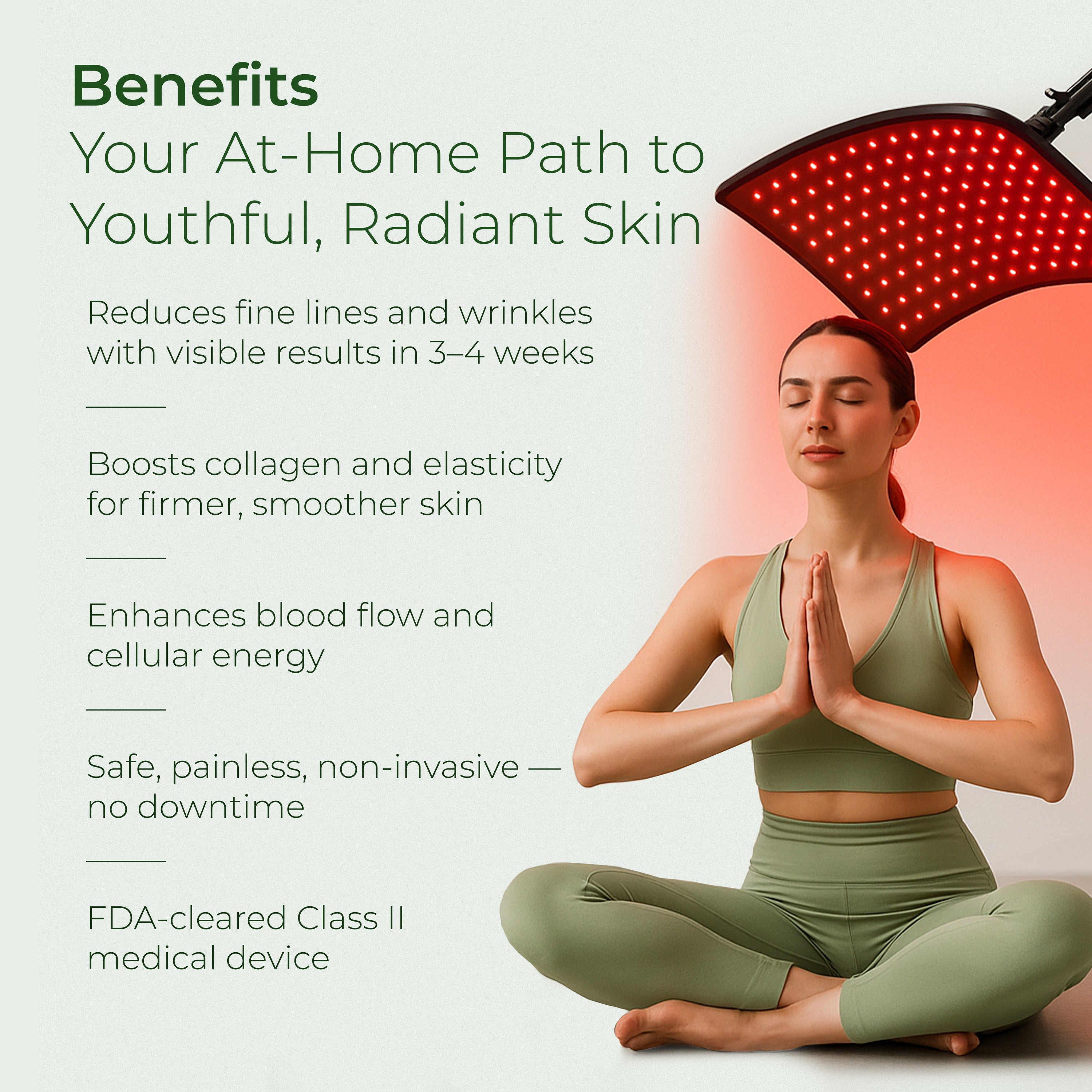
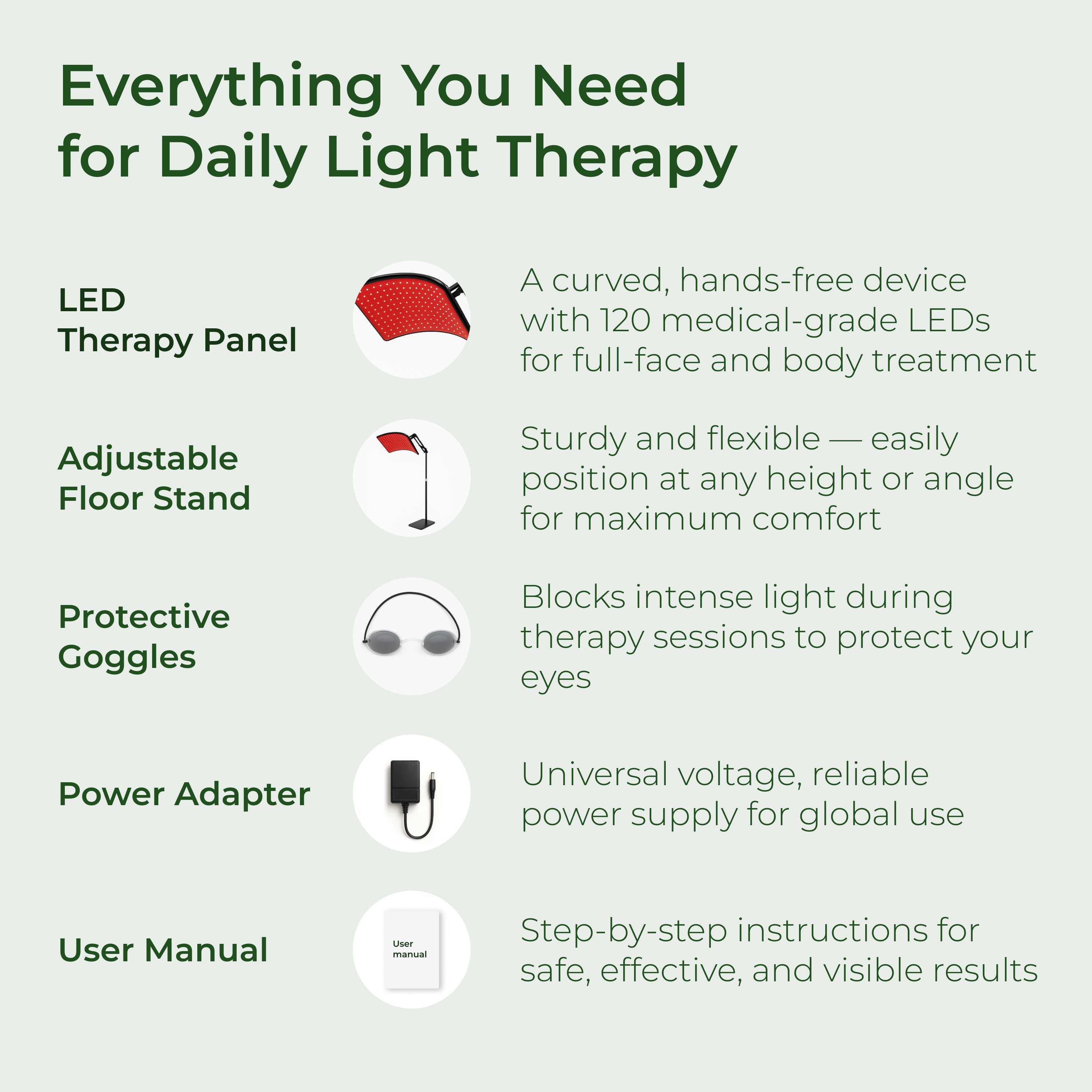

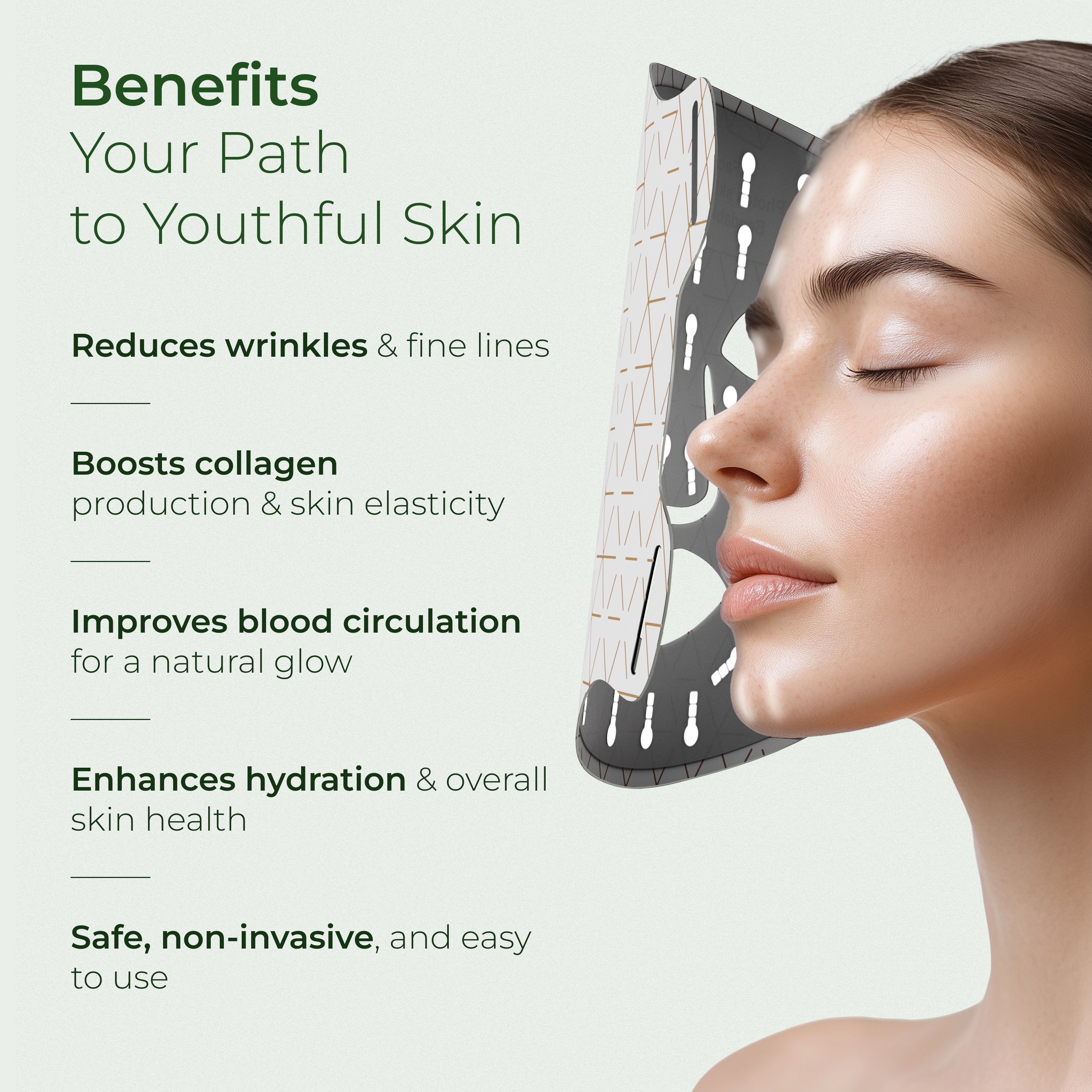
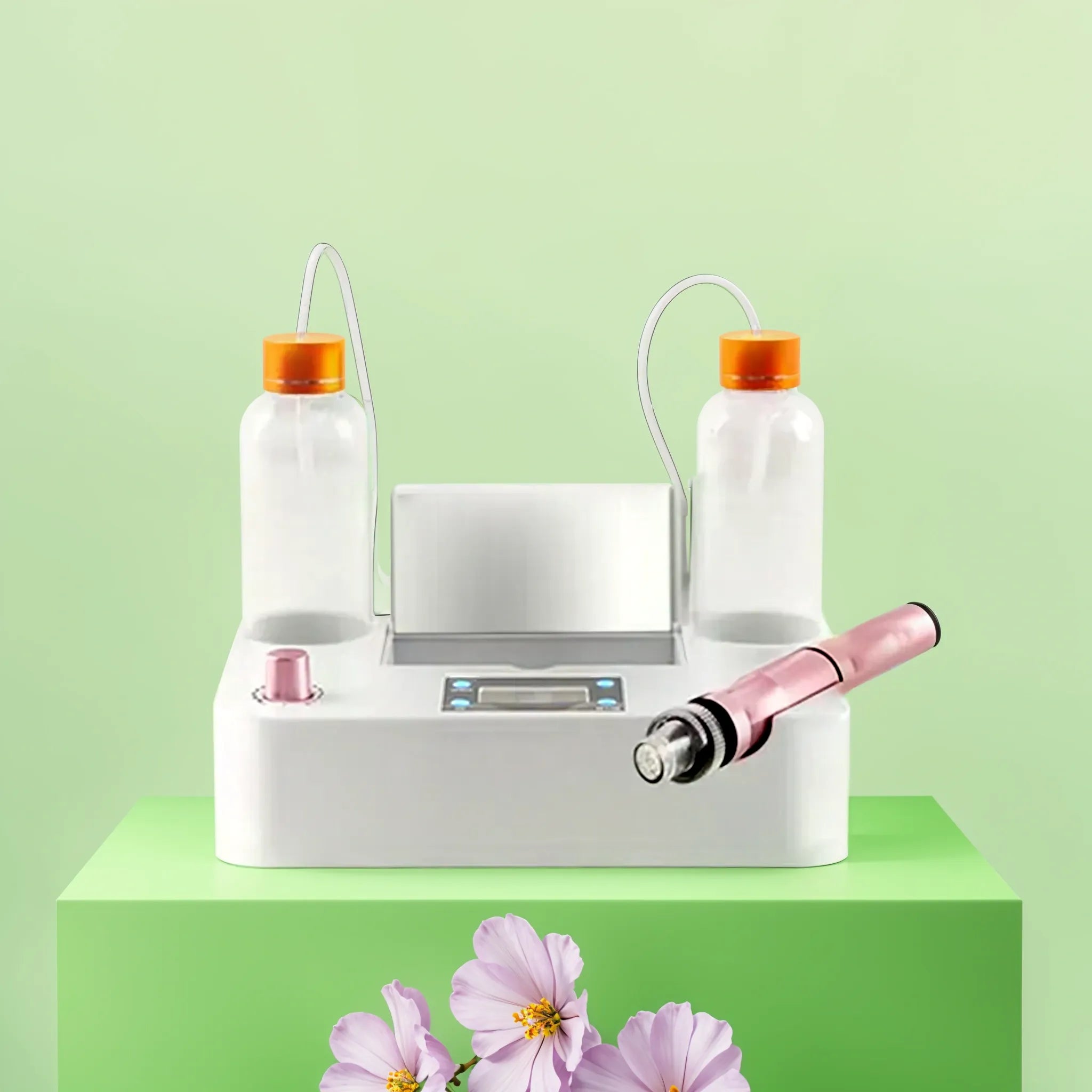

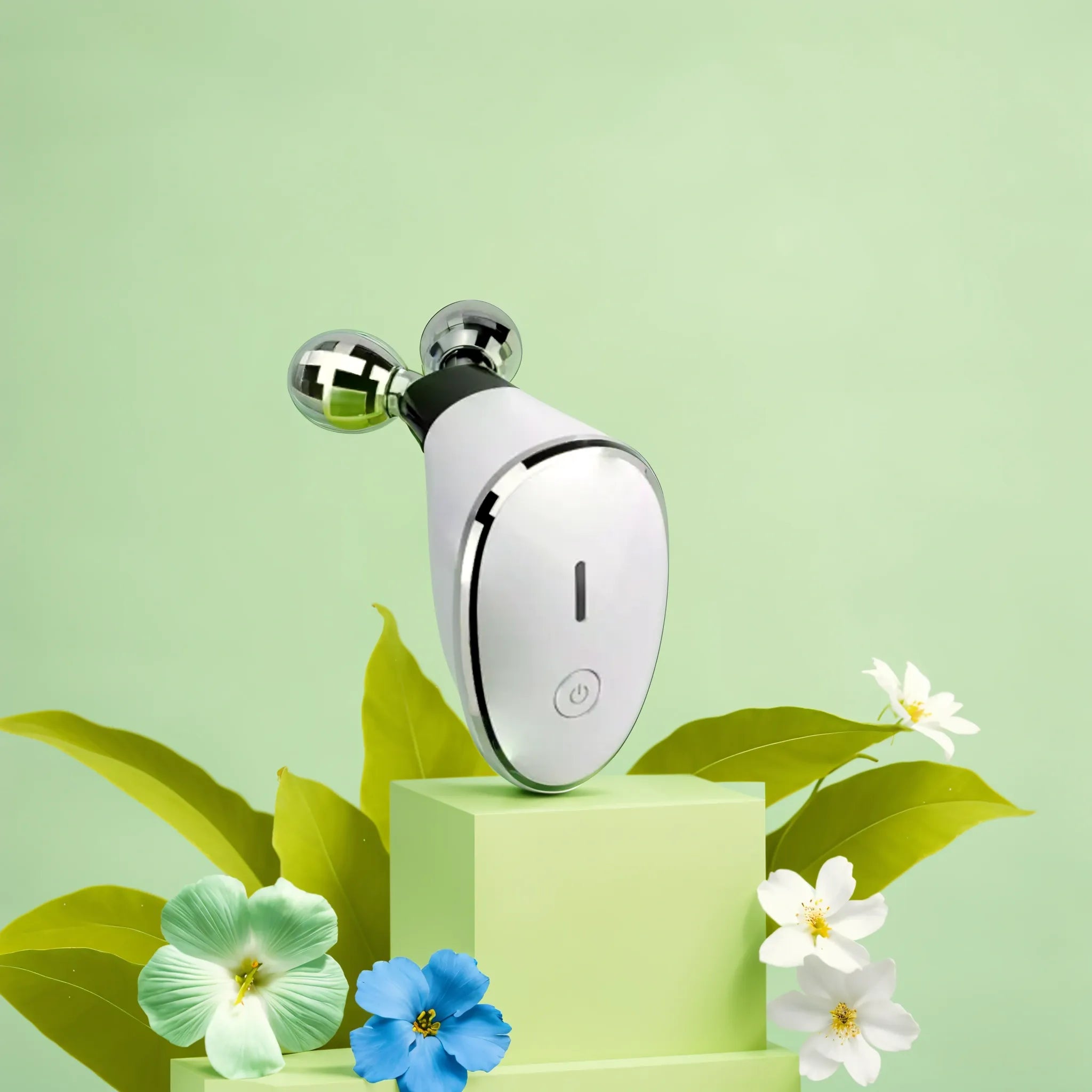
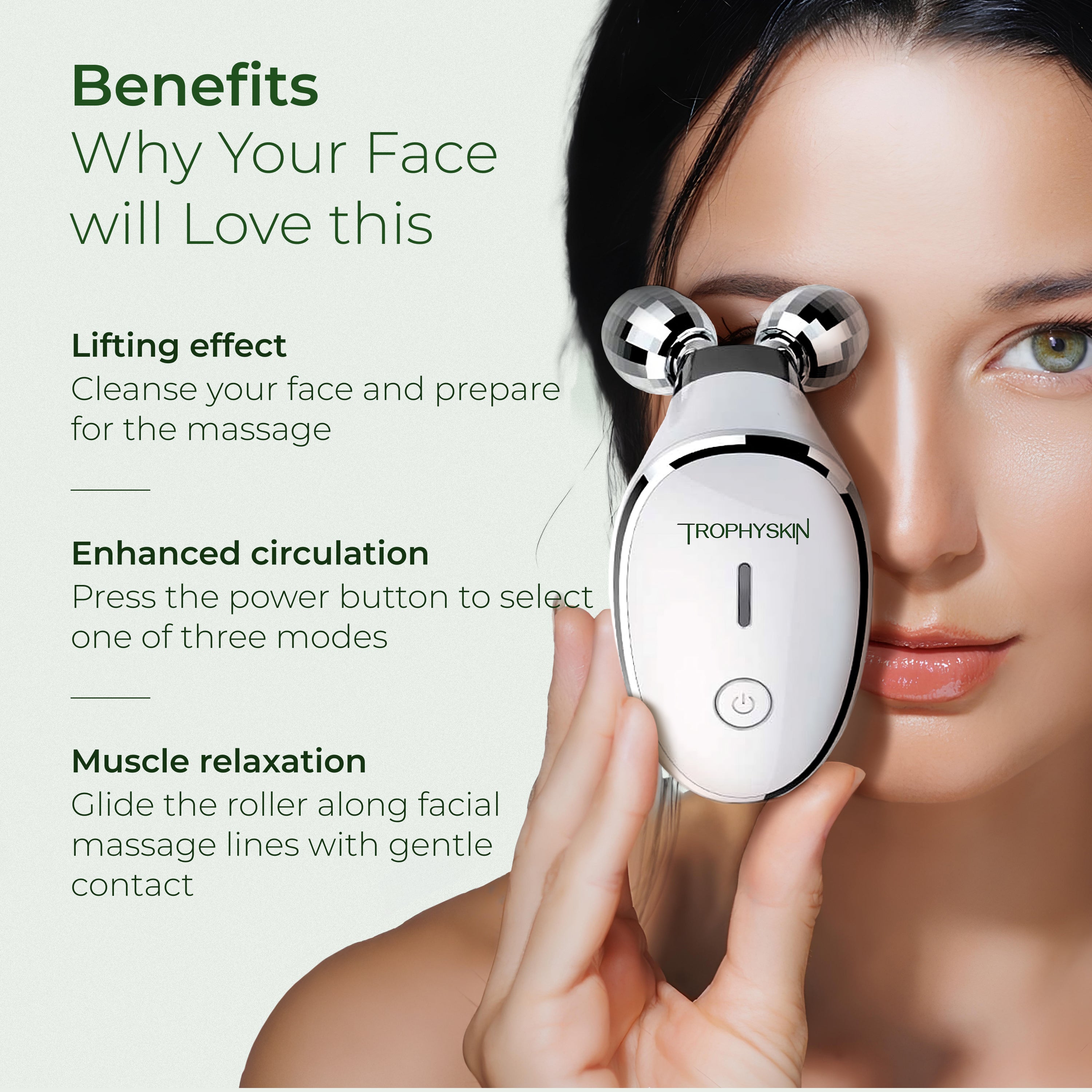



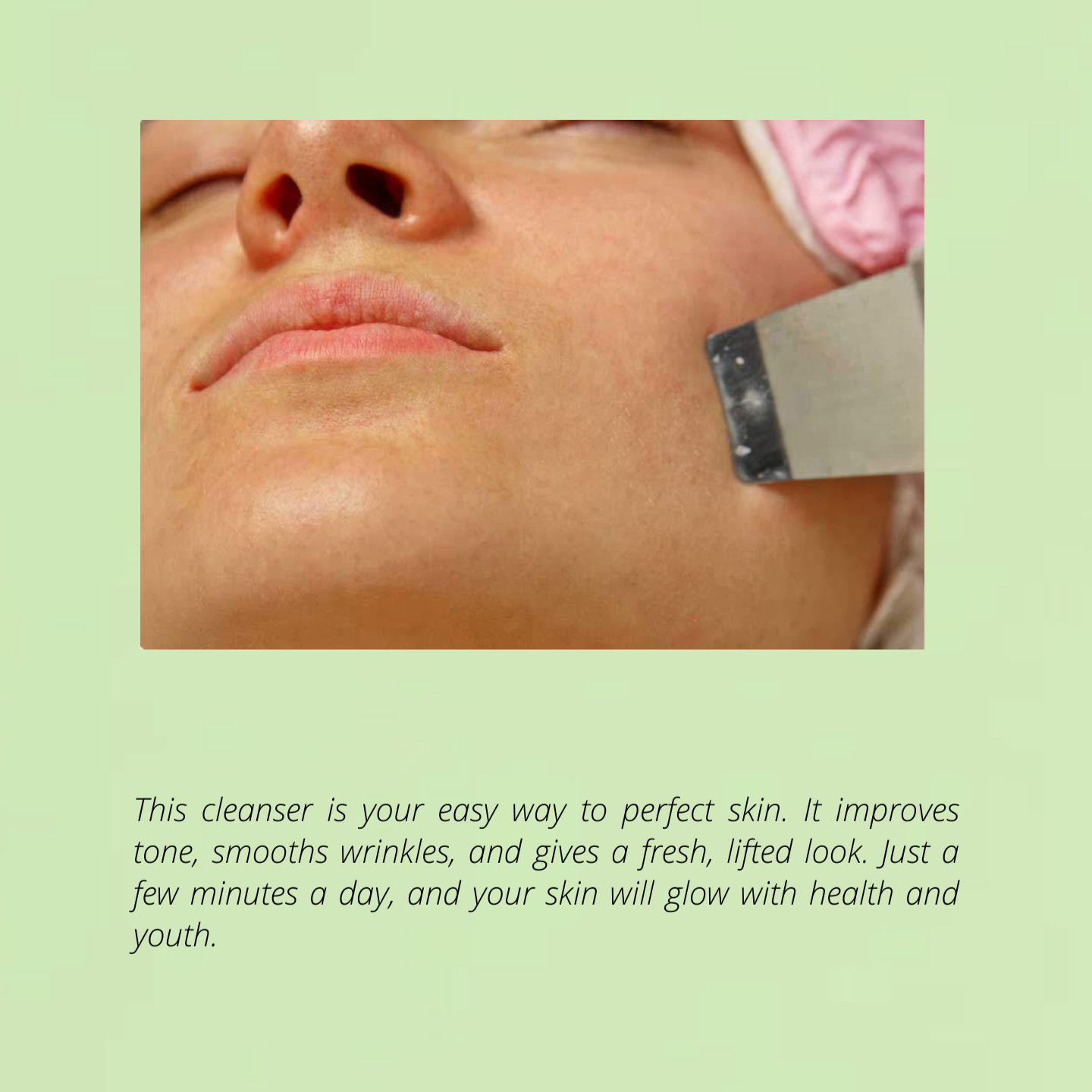

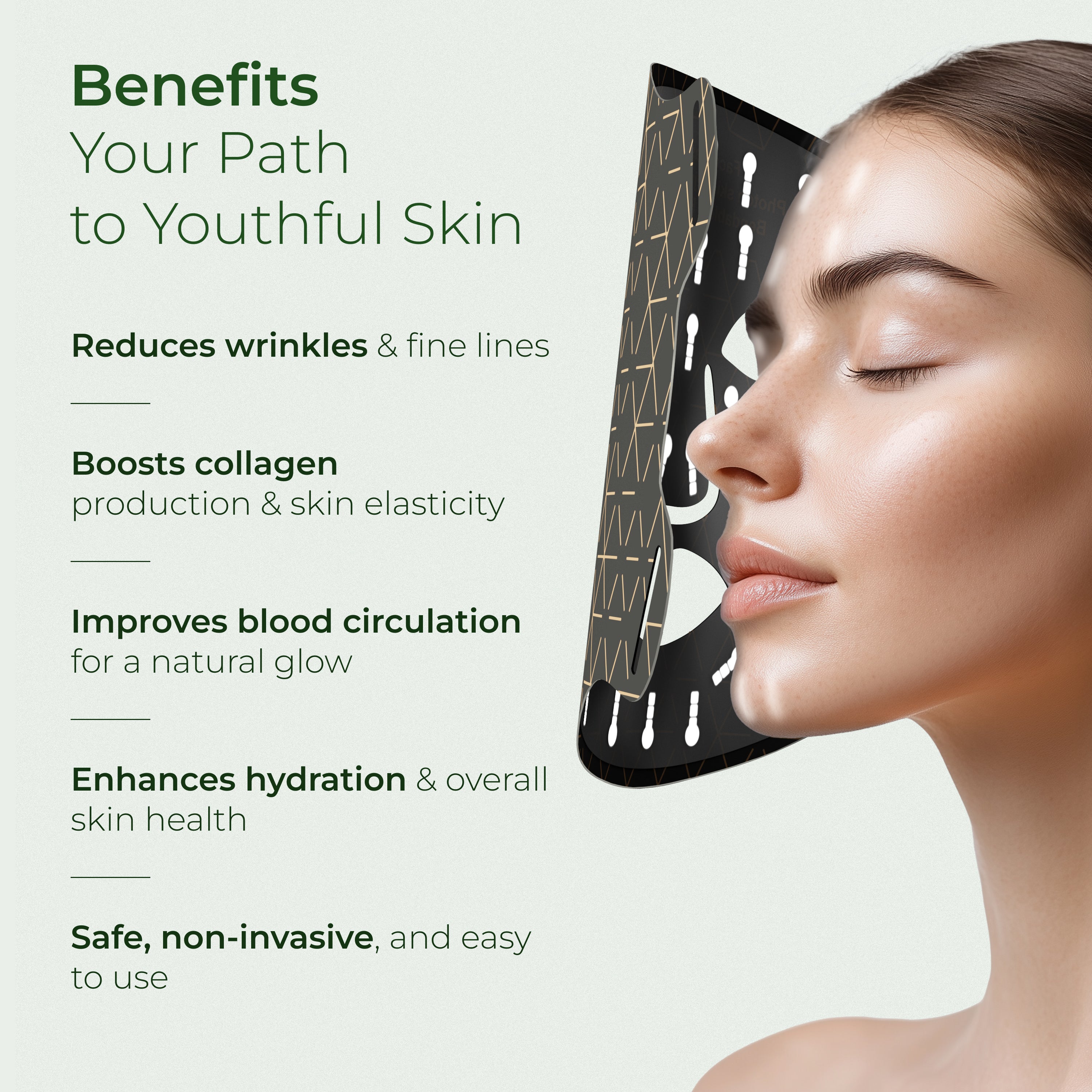


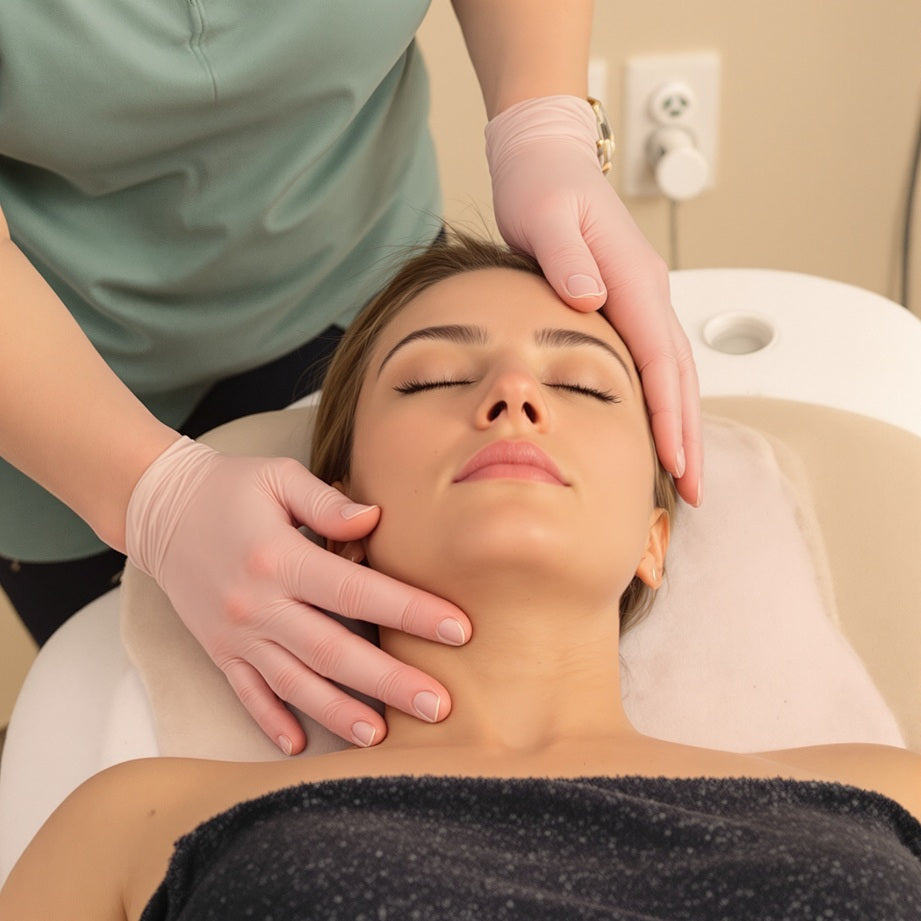
Leave a comment
This site is protected by hCaptcha and the hCaptcha Privacy Policy and Terms of Service apply.